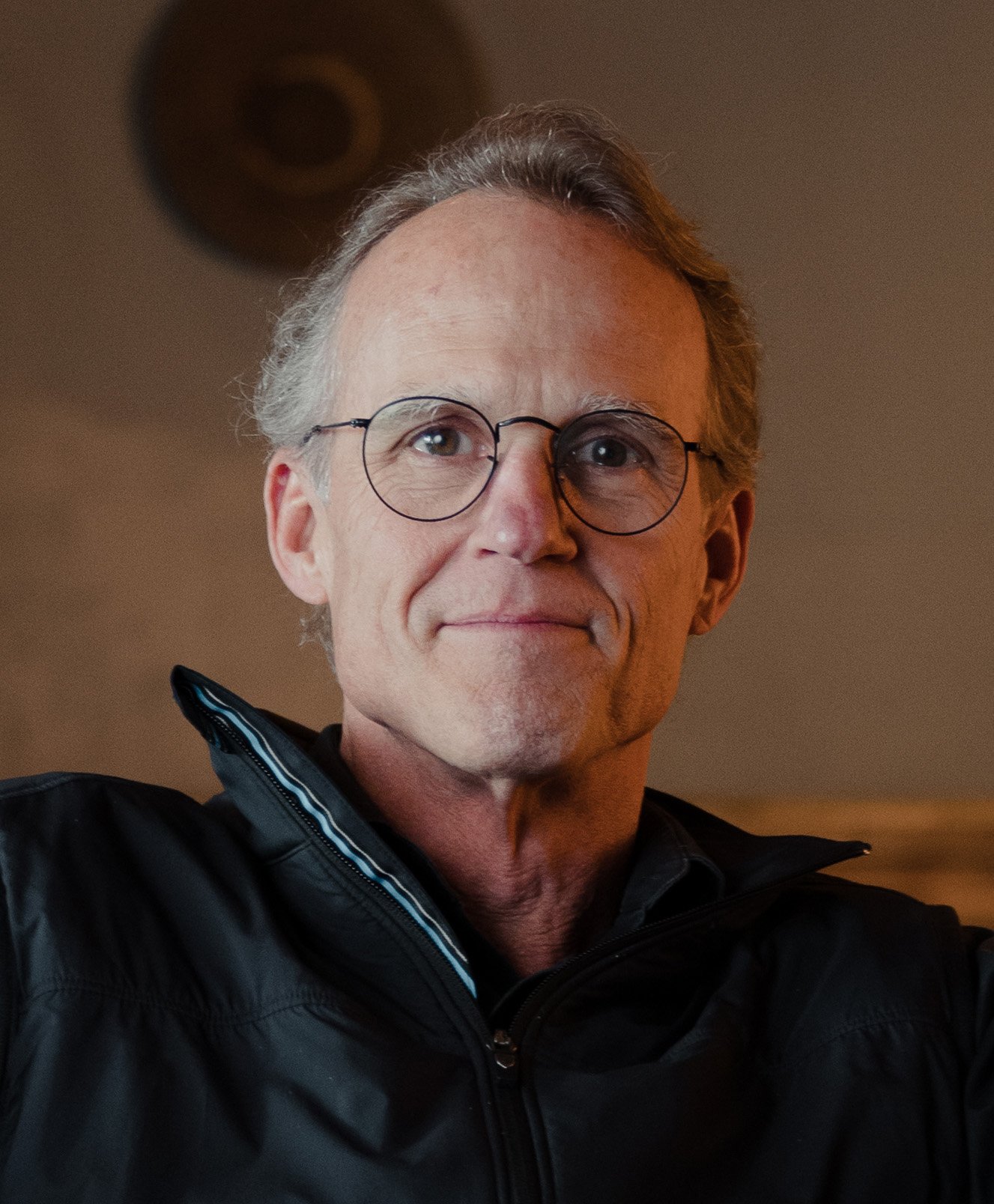Ambitious Leadership: Playing Bigger Requires Radical Self-Disruption
Few individuals know what they’ll be doing a year from now, let alone in five or ten years. Many people lack a personal-growth mindset. They’re stagnant and satisfied with complacency. Being ambitious, on the other hand, involves meticulous planning and goal-setting so you can become the greatest possible version of yourself, a version that's constantly changing and evolving. That’s an intrinsic difference between the average person and successful founders — ambition.
Only a small minority of humans are genuinely ambitious, and this lack of ambition can have detrimental effects on business owners. Studies show that nearly 70% of small businesses in the United States fail within the first ten years. And in our modern world of "quiet quitting" and "The Great Resignation," it's easy to see why. The few companies that do succeed have founders who know the importance of ambition — it's what drives them to start companies, create innovative products/services, and lead teams toward Compelling and Audacious Goals (CAGs).
So why aren't more people ambitious? On the surface, ambition seems like a universally desirable trait for leaders, or anyone for that matter. Following your dreams, aspiring for more, and showing grit in achieving your goals — who wouldn’t want these qualities? The answers lie in the true psychological and behavioral demands of being ambitious.
At its core, being an ambitious founder requires a willingness to embrace radical self-disruption. In other words, you need to completely and repeatedly reframe your mindset, habits, and sense of identity in service to a bold Vision for your organization's future. It's about letting go of who you are as a leader to become someone far more impactful. For most people, even among entrepreneurs, that realignment can be too psychologically threatening to sustain and eventually leads to a loss of ambition.
Defining “Ambitious Vision”
Genuinely ambitious founders must possess a radically expanded Vision, one that transcends their current market position, revenue, and team. This ambitious Vision involves setting what Jim Collins called "big hairy audacious goals" (or what we call CAGs) that often feel unattainable from your present vantage point.
This contrasts starkly with how most founders operate. Their Vision for their organization's future is often a linear extrapolation of the present, reflecting a fixed, limited mindset. These leaders prioritize incremental growth over audacious, future-focused ambition.
Satisfied with average, the majority of people today compete fiercely with the status quo, which means mediocrity. They focus their time and energy competing with others rather than striving for excellence in their personal and professional domains. As entrepreneur and social influencer Grant Cardone notes, this pull toward being average can hold people back from achieving their full potential.
Founders face this same pull, often keeping their businesses from reaching their full capabilities. As a leader, your plan for your organization's future drives your present behavior. A truly ambitious leader will possess a growth mindset centered on organizational maturity and evolution toward greater impact and success.
The critical starting point is defining and embodying an ambitious Vision that strives to lead your organization far above your industry’s average. This will set the stage for embracing the increased efforts and failure tolerance required to break free from mediocrity and achieve exponential success.
Audacity of 10X Action
Big dreams and audacious goal-setting alone are not enough to be a truly ambitious leader. The great paradox is that even when you embrace an ambitious entrepreneurial mindset, you will consistently underestimate the sheer effort and volume of action required to make those lofty Visions a reality. Having a dedicated team to support and contribute to these goals is crucial. No founder can achieve transformative success alone — it takes a collective effort to turn ambitious Visions into tangible results.
In his book The 10X Rule, Grant Cardone explains that an ambitious leader must embrace taking 10X the quantity and quality of the growth-driving actions they initially anticipate. Based on this philosophy, if you believe 10 customer development calls will significantly grow your start-up, you should make 100 calls. Similarly, if you think publishing one piece of thought leadership content per month is enough, 10X thinking demands more than two per week.
Many entrepreneurs and leaders would balk at such output levels, dismissing them as unsustainable or excessive. But as Steve Jobs once said, “The people who are crazy enough to think they can change the world are the ones who do.” When you radically raise your action output as a leader, your organization gains tremendous momentum and achieves remarkable results. Your bold actions inspire your team to push boundaries, innovate fearlessly, and relentlessly pursue your shared Vision.
The 10X principle recognizes that our instincts as leaders often dramatically underestimate what's truly required for ambitious results. It's not just about working harder. We must calibrate our mental models to the magnitude of effort needed — and this recalibration has transformative effects.
Taking 10X action also has a profound psychological impact on you as a founder. As you model growth-oriented action, you start desensitizing yourself to the fear of failure, seeing it as an inevitable step toward success. Following your lead, your team will experience similar effects. This allows you to build organizational momentum, team confidence, and a sense of invincibility.
As you continue executing ambitious action, you will develop a leadership growth mindset that views obstacles as opportunities to innovate and adapt rather than signs to slow down. Through relentless persistence and continuous improvement, you will ultimately achieve the CAGs you've set for your organization and yourself.
This combination of focus, amplified action, and resilience in the face of failure lies at the heart of genuine ambition. It's what separates the leaders who merely dream big from those who work to make their boldest Visions a reality.
Recalibrating Failure
Continuously taking 10X action toward your organization’s Vision will inevitably lead to an exponential increase in failure, rejection, and "misses." Those held back by fear and hesitation avoid this pain, but the genuinely ambitious leader embraces the discomfort as the price of playing the entrepreneurial game — one that is long and infinite.
This ability to accept and embrace failure is a key differentiator of the truly ambitious founder. Most leaders fear failure because they are innately risk-averse and associate success with their identity. However, the ambitious leader understands that failure is unavoidable and essential for growth.
Take, for example, the story of Sara Blakely, the founder of Spanx. Before her breakthrough success, Blakely faced repeated rejections and setbacks. She was turned down by every manufacturer she approached, and her friends and family were skeptical of her idea. However, rather than giving up, Blakely used each failure as an opportunity to learn, improving her business and product along the way. She refined her pitch, sought out alternative manufacturers, and persisted until she succeeded. Her willingness to embrace failure and learn from it was crucial to her eventual triumph. Today, Spanx is a globally recognized brand valued at over $1 billion. The company has revolutionized the shapewear industry and expanded into various clothing lines, becoming a household name.
Like Blakely, ambitious founders focus on consistently taking bold strategic action because they aren’t afraid to fall. Instead, they view failure as valuable feedback that allows them to refine and grow. With each setback, they gain entrepreneurial resilience and a stronger resolve to persist. This mental rewiring increases confidence, allowing these leaders to tackle greater challenges and instilling a continual readiness to embrace calculated risks in pursuit of their goals.
Paradoxically, this willingness to fail more leads to vast entrepreneurial success. When you take consistent 10X action, business breakthroughs are inevitable. Recalibrating your relationship to failure allows you to transcend the impulse to avoid pain and leverage failure as a tool for growth. By doing so, you develop the resilience to navigate any obstacle on the path to achieving your wildly ambitious goals.
Becoming Boldly Ambitious
Becoming a genuinely ambitious founder demands a holistic transformation of your entrepreneurial mindset, habits, and identity. It requires relentlessly expanding your Vision, setting CAGs, and consistently taking 10X actions, even when it means embracing discomfort and pushing beyond established norms.
Redefining your relationship with failure is central to this transformation. You must become comfortable with setbacks, detaching your self-worth from individual outcomes and instead assessing yourself based on the consistency and volume of your ambitious actions. This mindset shift separates true Visionaries from mere dreamers.
Ambition is not only about outward success. It's a path to profound personal growth. As you expand your Vision and take bold action, you shed limiting beliefs, develop unshakable confidence, and evolve into a new version of yourself.
The journey of an ambitious founder is one of lifelong self-disruption and reinvention. It demands courage, resilience, and grit. For those willing to embrace the discomfort and commit to relentless growth, the rewards are immeasurable — a life of boundless potential, passion, and impact.
Though the path may be daunting, the destination — an extraordinary existence filled with innovation, growth, and legacy — is unquestionably worth the price. Embrace the challenge, and you'll unlock a world of limitless possibilities.
Are you ready to take the next step in your leadership journey? Subscribe to my Ambitious Founder newsletter to join a community of leaders, Founders, and CEOs.





